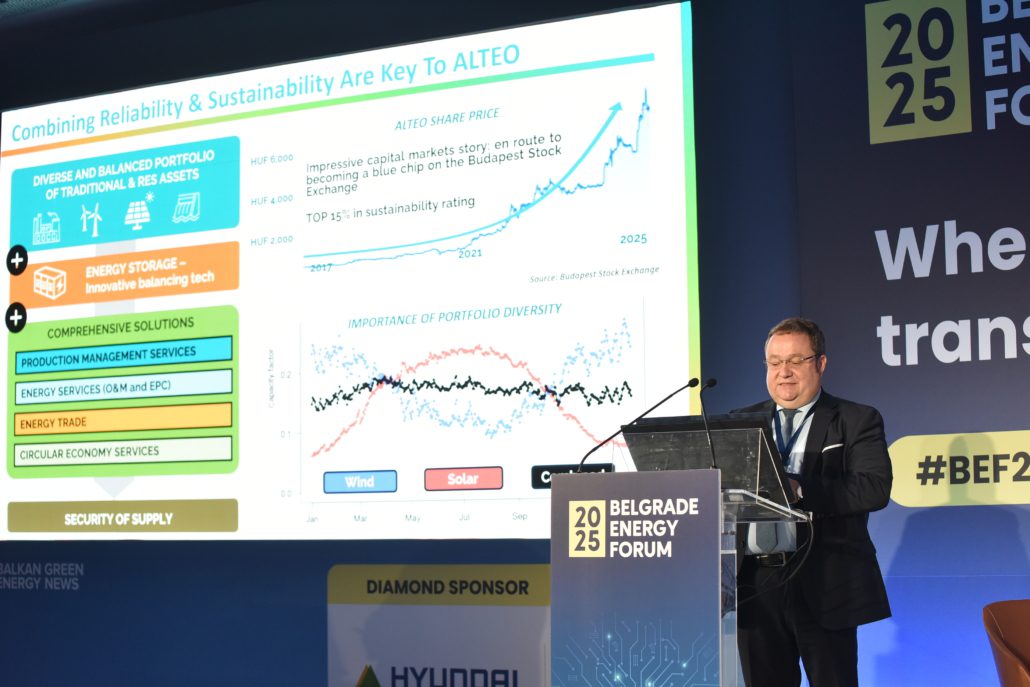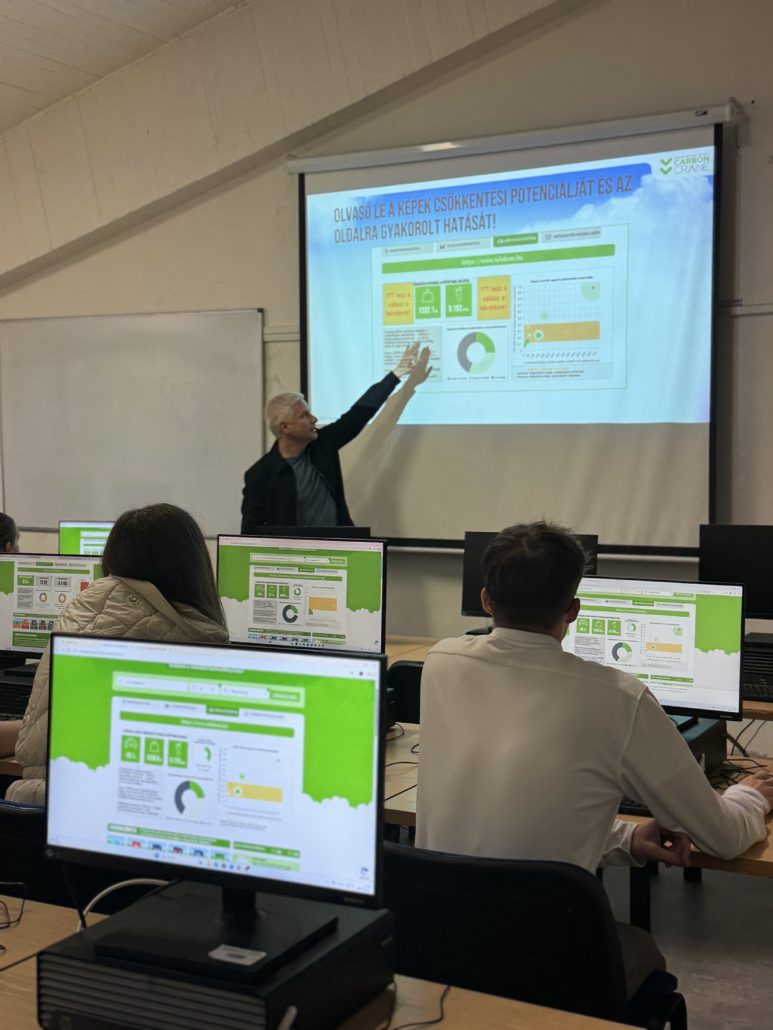- Website design can play a role in climate change mitigation as the Internet is a major contributor of carbon emissions.
- ON is setting a good example: by redesigning its website in a climate-friendly way, it will achieve a 35% reduction in carbon emissions, equivalent to 4 tonnes of carbon per year.
- ON’s website revamp is based on Carbon.Crane’s verified, internationally recognised methodology.
- The new website provides a better user experience.
The World Bank estimates that if the internet were a nation state, it would be the world’s fourth-largest emitter of carbon dioxide, contributing up to 4% of all greenhouse gas (GHG) emissions worldwide. This is partly because servers that host websites consume vast amounts of power, making their efficiency crucial. Reducing websites’ GHG hinges on the solutions used for their development.
This issue was top-of-mind for E.ON Hungária Group, which chose eco-friendly web development consultancy Carbon.Crane to revamp its website.
As operator of the electricity grid in Budapest, Pest County and the Transdanubian region, as well as the gas grid in six counties in Transdanubia, E.ON also provides forward-thinking energy solutions to residential and corporate customers across Hungary. Thus, its website receives significant traffic.
Not only has the website redesign achieved emission reductions measurable in tonnes, E.ON’s site is now also more user friendly.
One key factor towards this positive change was optimizing the use of images: characteristics such as size, resolution and format directly affect power demand from background servers, and consequently, the amount of energy consumed overall (and the corresponding carbon dioxide produced).
Next, E.ON’s team deleted duplicate or unused sub-pages, i.e. those taking up unnecessary computing power – as all content on the web server consumes energy; for unused pages, a total waste of energy.
Additionally, the autoplay of video content has been eliminated. By limiting this function, E.ON eliminated the energy consumption associated with video content not requested by users.
According to Carbon.Crane’s analysis, a single page was responsible for nearly 15% of the total carbon emissions on E.ON’s website, and just 12 pages accounted for 50%. Considering the entire website consists of more than 1,000 pages, achieving significant cost savings only required action on a select number of pages.
For E.ON’s revamped website, the reduction is 35%, which is equivalent to 4 tonnes of carbon dioxide emissions per year. Not only is this website revamp a benefit to nature, but also to customers: they now enjoy a faster-loading website providing a better user experience due to the climate-friendly interventions carried out by E.ON’s digital marketing team with help from Carbon.Crane.
As the first energy enterprise to use Carbon.Crane’s methodology – certified and internationally recognised in 2024 – to measure the emissions of its website, E.ON is a trendsetter demonstrating its commitment to innovation and sustainability.









